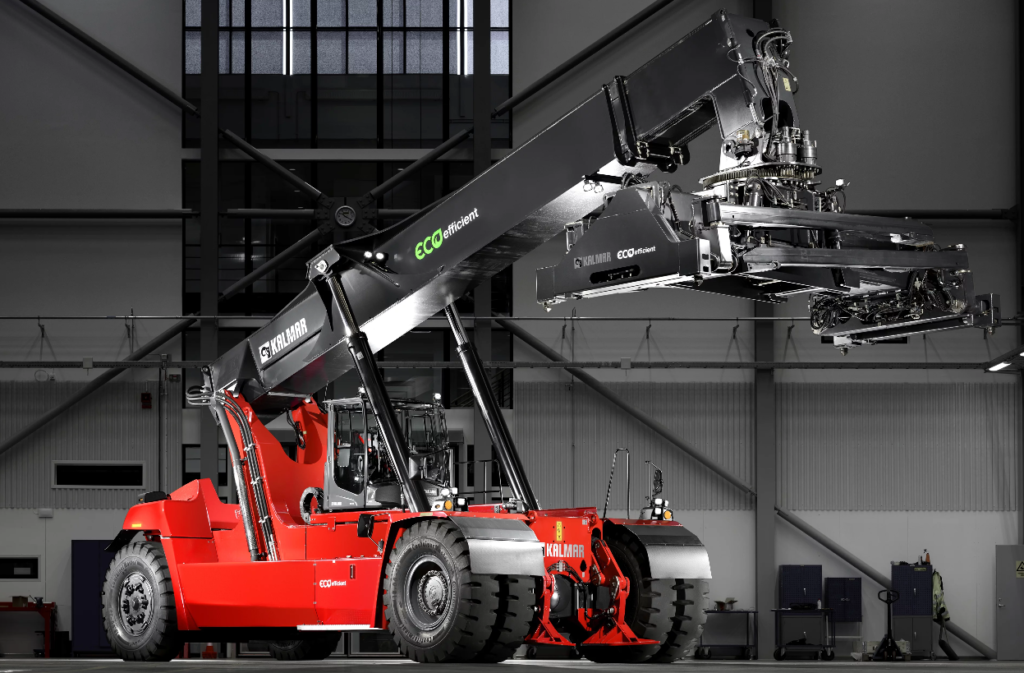Business technology solutions provider Brother UK has upgraded its range of professional desktop label printers to be compatible with linerless labels, helping partners to meet customers’ sustainability, productivity and cost-efficiency goals.
The new TD-4550D and TD-4420D models are compatible with linerless labelling media, which doesn’t use the non-recyclable glassine lining typically used to protect labelling medium, while offering the fastest print speed of its class at up to 8ips.
Linerless compatibility will help users of the TD-4 range, including food industry, warehousing and retail businesses, to boost sustainability by reducing waste to landfill from discarded backing.
Partners can also help businesses to gain new efficiencies with the upgraded TD-4 line’s linerless operability. The number of labels users can print from one roll increases with linerless, as the thickness of the label is effectively halved without backing paper. This enables users to save time replenishing rolls in devices, and to buy replacement rolls less frequently.
The new TD-4 models will help resellers supporting customers in the food industry with sustainable labelling solutions for applications such as nutrition and allergen labelling for food preparation and distribution, in compliance with legislation including Natasha’s Law.
The devices are also suited to help retailers, where labels are frequently removed and replaced such as with price markdowns. Warehousing and logistics operations can also use the TD-4 range to achieve a more sustainable way to manage Auto-ID systems. Linerless labels also improve health and safety by removing potential slip hazards by taking the backing out of the equation.

Other features include compatibility with the LabelSuite™ design software. The TD-4550D has 203dpi resolution, 8ips print speed and prints up to 104mm width, while the TD-4420D has a resolution of 300dpi, prints at 6ips and widths of up to 108mm. Both devices also have label width detection, auto cut feature and are USB, WiFi and Bluetooth compatible.
Ged Cairns, head of specialist printing solutions (SPS) at Brother UK said: “Many businesses across warehousing, retail and food service sectors are re-appraising their approach to labelling and looking at how they can invest in upgrading to linerless-enabled printing fleets. Our upgraded TD-4 range will help partners to tap into this demand, as businesses seek to enhance productivity, make sustainability gains, reduce waste, and improve health and safety.
“The TD-4 range delivers on linerless capability while offering the full suite of features expected by customers, including fast print speeds and convenient connection options. Continuously investing in, and advancing, our specialist labelling print technology demonstrates how we live for the label.”
read more




